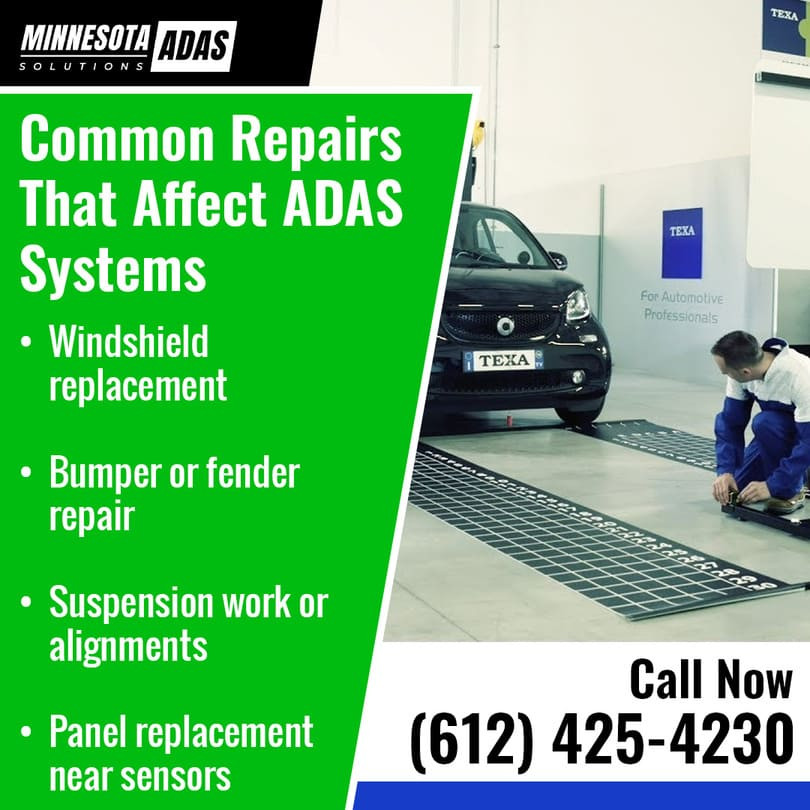How Structural Repairs Affect ADAS Sensors and Calibrations: Insights from Minnesota ADAS Solutions
Bloomington, United States - July 11, 2025 / Minnesota ADAS Solutions /
Bloomington, MN – Structural repairs often interfere with a vehicle’s Advanced Driver Assistance Systems (ADAS), making accurate calibration essential for safe operation. Minnesota ADAS Solutions, based in Bloomington, MN, offers professional calibration services for ADAS components such as cameras, sensors, and radar units after collision or frame-related repairs. Their services make sure that systems like adaptive cruise control, lane departure calibration, and ADAS windshield calibration function as desired.
Why Post-Repair ADAS Calibration Is Critical
Even minor structural changes—such as a bumper shift, windshield replacement, or frame adjustment—can misalign sensitive ADAS components. These systems include ADAS camera calibration, ADAS sensor calibration, and radar aiming used for features like lane keeping, automatic braking, and adaptive cruise control. Misalignment causes these safety systems to provide false alerts or fail to detect real hazards.
When a camera, radar, or ultrasonic sensor is even slightly off-angle, it misjudges distance, direction, or position, making safety features unreliable. To avoid these risks, ADAS calibration must be completed using manufacturer specifications, calibrated tools, and in a controlled environment.
Common Repairs That Affect ADAS Systems
Minnesota ADAS Solutions helps body shops identify when calibration is necessary. These include:
Windshield replacement – Even original equipment glass may shift the forward-facing camera used in ADAS windshield calibration.
Bumper or fender repair – Can disrupt radar aimed at the road or blind-spot sensors.
Suspension work or alignments – Alters vehicle geometry, impacting how systems like adaptive cruise control interpret distance.
Panel replacement near sensors – Changes sensor position or obstructs signal paths, requiring ADAS sensor calibration.
Even small variations in pitch, yaw, or tilt can cause misreadings that affect safety system performance.
What Happens When Calibration Is Skipped
Incorrect or missed calibration can cause systems to act unpredictably. This includes:
Adaptive cruise control delays – Radar misalignment can delay braking or cause unnecessary stops.
False lane departure warnings – A camera positioned off-axis may confuse shadows or cracks as lane markings.
Insurance issues – Shops lacking calibration documentation may face claim denials or liability if systems fail after repairs.
Skipping lane departure calibration or radar realignment increases risks for both drivers and repair facilities.
Minnesota ADAS Solutions’ Calibration Process
Minnesota ADAS Solutions provides a streamlined, OEM-aligned process for accurate calibration:
Pre-Calibration Diagnostics
Before any calibration, each vehicle is thoroughly scanned to detect sensor faults, disconnections, or internal system errors. This diagnostic step identifies which components—such as ADAS camera calibration or radar targeting—were affected by the damage or repair and require recalibration to restore proper function.
OE-Specified Calibration Environment
Calibrations are performed in a level facility with controlled lighting and OEM-approved targets. For accurate ADAS windshield calibration and radar realignment, maintaining consistent lighting and a flat floor is essential. These conditions make sure that sensors are aligned precisely according to factory specifications and safety standards.
Quick Turnaround and Full Reports
Most ADAS calibration services are completed in 90 minutes or less. Body shops receive detailed before-and-after reports, sensor alignment data, and system verification results. All documentation is formatted for easy insurance review, helping streamline claim approvals and reduce delays in vehicle delivery.
Pick-Up and Delivery Support
Minnesota ADAS Solutions helps repair shops stay on schedule by offering vehicle transport for calibration services. Each completed calibration includes detailed, insurer-ready documentation. This reduces processing delays, supports faster claim approvals, and guarantees that the vehicle is returned fully calibrated and ready for delivery.
System-Specific Calibration Services
The company delivers tailored support for specific safety systems:
Adaptive Cruise Control – Radar units are aligned using high-precision targets to measure safe following distances.
ADAS Camera Calibration – Makes sure that the vertical and horizontal angles are reset for accurate object detection and lane tracking.
Lane Departure System – Cameras are tested to confirm accurate identification of lane markings.
ADAS Windshield Calibration – Re-aims the forward-facing camera post-glass replacement to maintain visual input for multiple safety features.
Each system requires a unique calibration method based on sensor location and the type of repair involved.
Support for Body Shops and Collision Centers
Minnesota ADAS Solutions, based in Bloomington, MN, works directly with repair shops to identify calibration needs, complete services quickly, and make sure that the vehicles meet OEM safety standards. Whether the job requires ADAS sensor calibration, lane departure calibration, or radar alignment for adaptive cruise control, the company helps restore full system accuracy after structural repairs.
Schedule Post-Repair ADAS Calibration
To help repaired vehicles meet safety standards and prevent post-repair system failures, Minnesota ADAS Solutions invites local repair shops to schedule professional ADAS calibration services—call (612) 425-4230 or email info@mnadas.com to schedule your ADAS calibration today.

Contact Information:
Minnesota ADAS Solutions
9555 James Ave S
Bloomington, MN 55431
United States
CJ Peeters
(612) 425-4230
https://www.mnadas.com/
Original Source: https://www.mnadas.com/adas/how-structural-repairs-affect-adas-sensors-and-calibrations-insights-from-minnesota-adas-solutions/



